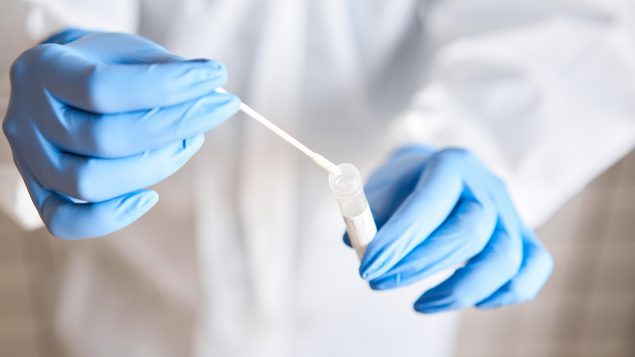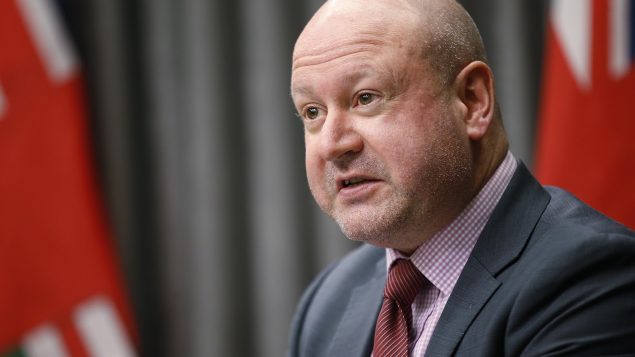A report from the Manitoba government has found that COVID-19 cases have not been evenly distributed among the province’s population groups and has disproportionately affected Black, Indigenous and people of colour (BIPOC).
According to the data published on Monday, 51 per cent of people who tested positive for COVID-19 self-identified as BIPOC, while only making up 35 per cent of the province’s population.
“It’s important to note that this is not about people in these communities making bad choices, or not following public health guidance,” Dr. Brent Roussin, Manitoba chief provincial public health officer, said in a press conference on Monday.
“We need to look at this data in the context of many factors, such as occupation, income, housing adequacy, to understand how race influences the effects of COVID-19.”
The data used for the report was gathered by public health officials from May, 1, 2020 up until Dec, 31, 2020, and was compared against population data from Manitoba’s 2016 census.
According to the report, people identified as North American Indigenous Manitobans represented 17 per cent of positive COVID-19 cases, despite making up 13 per cent of the population. Fillipino Manitobans, who represent seven per cent of the population, had 12 per cent of the positive cases.
The report also found that Manitoba’s African community represented six per cent of COVID-19 cases, while representing two per cent of the population. Manitoba’s South Asian population represented eight per cent of positive cases, while making up three per cent of the population.
White people, which make up 64 per cent of the province’s population, represented 48 per cent of positive COVID-19 cases.
Roussin said that there have been very similar patterns of the disproportional effects of COVID-19 in every jurisdiction.
“This is systemic,” he said.

According to the data published on Monday, 51 per cent of people who tested positive for COVID-19 self-identified as BIPOC, while only making up 35 per cent of the province’s population. (iStock/Malkovstock)
In a statement, Health and Seniors Care Minister Heather Stefanson said that it is important to understand how the COVID-19 pandemic has affected the people of Manitoba differently based on race and ethnicity.
“We have learned that in the fight against COVID-19, we need to have the right data to ensure we are able to take the steps needed to protect all Manitobans,” Stefanson said.
“Our trusted public health officials, like Dr. Brent Roussin and Dr. Marcia Anderson, review this information to determine how it can be used to ensure all Manitobans are protected, regardless of their background.”
Roussin said that public health officials will develop strategies to take action and partner with BIPOC networks and community organizations, which in the long term will include introducing changes to health and social systems to strengthen protections and reduce risk.







For reasons beyond our control, and for an undetermined period of time, our comment section is now closed. However, our social networks remain open to your contributions.